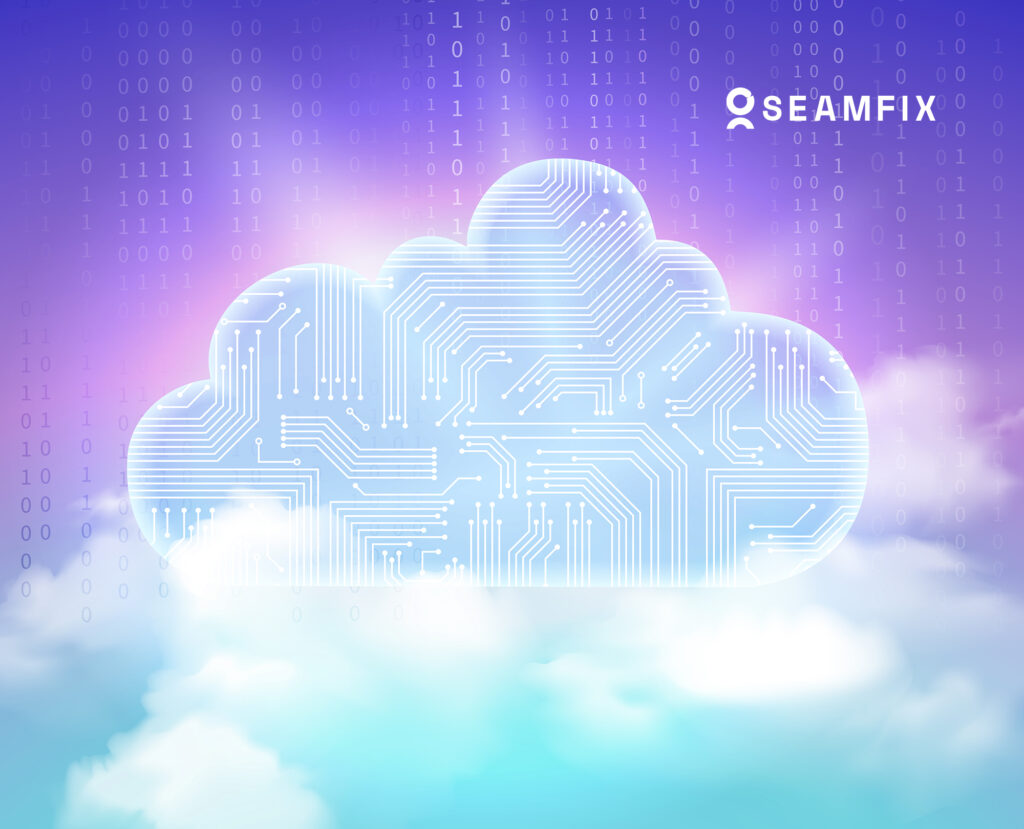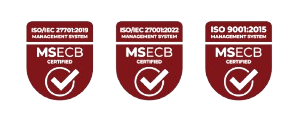The cloud is everywhere, powering everything from cat photos to enterprise applications. But with great power comes great security responsibility—therefore, IAM for Cloud and DevOps is essential. IAM basically acts as the bouncer, ensuring only the right people access the right resources. In addition, fast-paced DevOps environments, where code is deployed and servers spin up rapidly, introduce greater security risks. The challenge? Keeping everything secure without slowing down innovation.
For the purpose of strengthening your cloud and DevOps security, this article will break down the challenges, share best practices, and also show you how Seamfix iAM can help. All in all, a strong IAM strategy is key to balancing security and agility. Let’s dive in!
What is IAM in Cloud and DevOps?
First things first: IAM (Identity and Access Management) is all about managing who has access to what in your cloud environment. It’s like giving out keys to different rooms in a building—you want to make sure people only have access to the rooms they need.
In cloud environments, IAM becomes even more critical because everything is virtual. Servers, databases, and applications are all hosted online, so you need a way to control access securely.
For DevOps teams, IAM is about balancing speed and security. Basically, DevOps focuses on continuous integration and deployment (CI/CD), which means code is constantly being pushed to production. Therefore, IAM ensures that only authorized users and systems can make changes, reducing the risk of mistakes or breaches.
Challenges of IAM in Cloud and DevOps
Let’s be real—IAM in cloud and DevOps isn’t always a walk in the park. Here are some of the biggest challenges:
1. Complexity
Cloud environments are complex. You’ve got multiple users, roles, permissions, and services to manage. Keeping track of who has access to what can feel like herding cats.
2. Speed vs. Security
DevOps teams move fast. But security can’t be an afterthought. Otherwise, you risk vulnerabilities that could compromise your entire system. Finding the right balance between speed and security is a constant challenge.
3. Shadow IT
Sometimes, teams spin up cloud resources without going through the proper channels. This “shadow IT” can also create security gaps that are hard to detect.
4. Compliance
If you’re in a regulated industry (like healthcare or finance), you need to follow strict compliance rules. IAM plays a big role in meeting these requirements, but it’s not always easy.
5. Scaling Issues
As your organization grows, so does your cloud environment. Managing IAM at scale can be a headache if you don’t have the right tools and processes in place.
Best Practices for IAM in Cloud and DevOps
Okay, so how do you tackle these challenges? Here are some best practices to keep your cloud and DevOps environments secure:
1. Use the Principle of Least Privilege
Give users and systems the minimum level of access they need to do their jobs. This reduces the risk of accidental (or intentional) misuse.
2. Implement Role-Based Access Control (RBAC)
Instead of assigning permissions individually, assign them based on roles. For example, developers get access to development environments, but not production.
3. Automate IAM Policies
For the purpose of consistency, use automation to enforce IAM policies. This is especially important in DevOps, where manual processes can slow things down.
4. Monitor and Audit Access
Regularly review who has access to what and look for any unusual activity. Otherwise, you might not catch potential issues before they escalate.
5. Use Multi-Factor Authentication (MFA)
In addition to passwords, require users to verify their identity with something they know (like a password) and something they have (like a phone).
6. Centralize IAM Management
Managing access across multiple cloud environments can be chaotic. Therefore, a centralized IAM solution simplifies enforcement and tracking.
How Seamfix iAM Can Help
If you’re looking for a solution that simplifies IAM for cloud and DevOps, Seamfix iAM is here to help. Here’s how:
- Centralized Management – Seamfix iAM provides a single platform to manage users, roles, and permissions across all your cloud environments.
- Automation – With Seamfix iAM, you can automate IAM policies and workflows, making it easier to enforce security without slowing down your DevOps teams.
- Scalability – Whether you’re a small startup or a large enterprise, Seamfix iAM scales with you, ensuring your IAM solution grows with your business.
- Compliance – Seamfix iAM helps you meet compliance requirements by providing detailed access logs and audit trails.
- User-Friendly – The intuitive interface makes it easy for both administrators and end-users to manage access securely.
Real-Life Examples of IAM in Action
Still not sure how IAM works in the real world? Here are some examples:
- Cloud Storage – A company uses IAM to control who can access sensitive files stored in the cloud. Only authorized employees can view or edit the files, reducing the risk of data breaches.
- DevOps Pipelines – A DevOps team uses IAM to ensure only approved systems can deploy code to production. This prevents unauthorized changes and reduces the risk of errors.
- Seamfix iAM – With Seamfix iAM, businesses can manage access to their cloud environments with ease. Whether it’s controlling who can spin up new servers or ensuring compliance with industry regulations, Seamfix iAM has you covered.
Final Thoughts
IAM is the unsung hero of cloud and DevOps security. It’s what keeps your data safe, your systems running smoothly, and your compliance teams happy. But it’s not always easy to get right.
By following best practices and using the right tools—like Seamfix iAM—you can tackle the challenges of IAM head-on and keep your cloud and DevOps environments secure.
In conclusion, whether you’re a cloud newbie or a DevOps pro, it’s time to give IAM the attention it deserves. Trust us, your future self (and your data) will thank you.
Got questions about IAM, cloud security, or Seamfix iAM? Drop them in the comments—we’d love to help!









